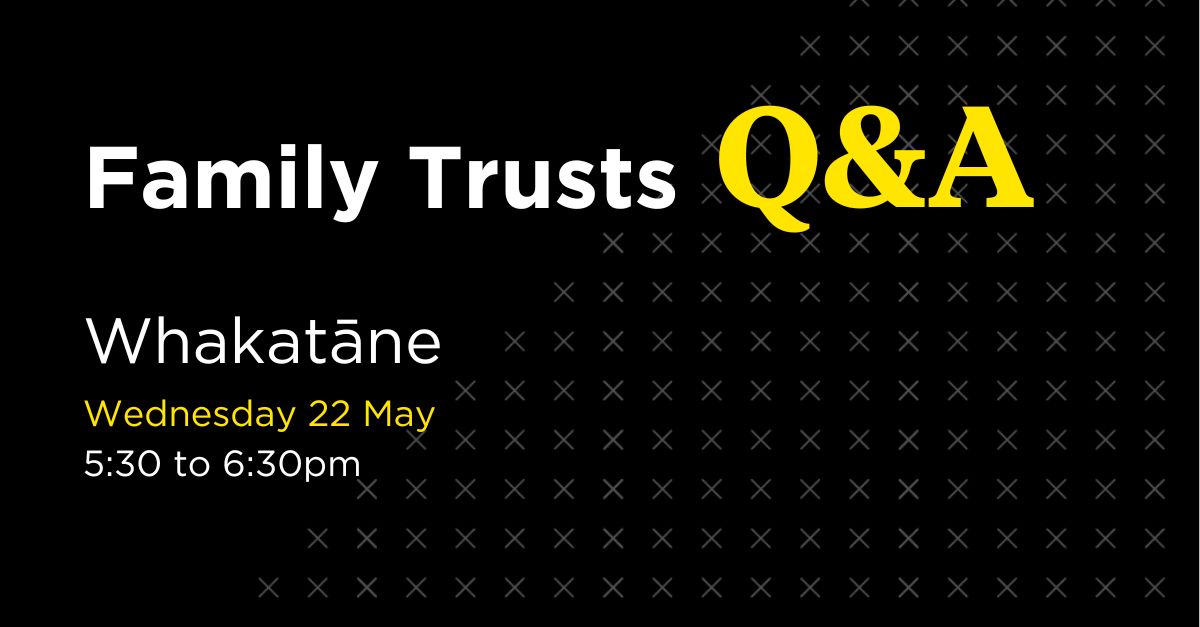Over eighty 80 per cent of New Zealanders were born during Elizabeth II’s reign. It has been 70 years since the last death of a reigning monarch. Even with the last change in monarch, out of living memory for most, New Zealand’s uncodified constitution sets out clear rules and precedents to govern today’s events. The most striking feature is how little now changes.
Who replaces Elizabeth II?
Elizabeth II, as well as being Queen of the United Kingdom, was the “Queen in right of New Zealand”.
Section 5 of our Constitution Act 1986 provides that when the “sovereign in right of New Zealand” dies, their successor as the British monarch automatically becomes the new King or Queen of New Zealand.
Pursuant to Britain’s Bill of Rights 1688, Act of Union 1701, and Succession to the Crown Act 2013, Elizabeth II’s oldest son Charles has succeeded his mother in the United Kingdom.
Some other countries that retain the British monarch as head of state, like Australia and Canada, have similar legislation.
In other cases, like in Jamaica and Belize, the constitution instead identifies the Queen specifically as the head of state. These countries are now expected to hold referenda to change their constitutions.
When does Charles III become King?
He already has. The Crown is never vacant and on “the demise of the Crown” the throne passes immediately without need for confirmation or ceremony. Charles became King of New Zealand when his mother died at about 5:30am on 9 September 2022 NZST.
An “Accession Council” traditionally meets in London within 24 hours after the Queen’s death to formally proclaim Charles’ accession to the throne. It is at this time the new monarch confirms if they will adopt a new “regnal” name.
The proclamation is then read out in London, York, and Edinburgh and, a few days later, the other Commonwealth realms like New Zealand.
In New Zealand, a meeting of the Executive Council (the formal committee of cabinet) will take place in Wellington to formally proclaim Charles III the King of New Zealand.
The British government will make preparations for a formal coronation at Westminster Abbey in London. This will likely take place in about a year’s time.
Who is next in line after Charles III?
Under the rules of “cognatic primogeniture” that have applied since 2013, the oldest child of the monarch, and then that child’s oldest child and so on, are next in line to the throne without regard to their sex.
Next in line is Charles’ son Prince William, then William’s eldest son George, followed by George’s sister Charlotte and younger brother Louis.
Do we still have a Queen?
No. From 2005 until 2018, the royal family had stated that Charles III’s wife, Camilla, would become “Princess Consort” when Charles became King. Earlier this year though, Elizabeth II indicated that she wished Camilla to become Queen Consort when Charles took the throne.
Under English common law however, as the wife of a King, Camilla would always have been the Queen Consort. The word “Consort” distinguishes the wife of a King from a “Queen Regnant”: a woman reigning in her own right.
The spouse and family of the monarch do not enjoy special legal status in New Zealand, or titles in their own right. Technically, Camilla is not the Queen Consort of New Zealand. As a matter of etiquette however, she will be referred to as such.
Does the change in monarch affect New Zealand’s government?
Not really. The government of New Zealand is carried out in the sovereign’s name, but today that is an (almost) entirely symbolic concept. The largest changes will be in protocol and formalities.
This was not always the case. Various rules used to mean the death of the sovereign paused government. Until 1695, Parliament was dissolved automatically when the King or Queen died. Even after then, the law still provided new elections had to be held within six months after the sovereign changed. As recently as 1702, all legal proceedings were terminated and needed to be recommenced again when the monarch died. It was not until 1901 that the last of these rules, which applied in New Zealand from 1840 onwards, was finally abolished.
In New Zealand, unlike in England, the Governor-General, MPs, judges, and other government office holders are not required to swear new oaths of allegiance to the new monarch.
Government will largely continue as normal. The Chief Justice has announced the Courts will not, unlike in 1952, close during the official mourning period. Public buildings will remain open as well.
What symbolic changes will be seen?
The most significant changes seen in New Zealand will be in the Courts. Queen’s Counsel – senior barristers recognised for consistent excellence – will now be King’s Counsel. The senior judiciary will be “the King’s Judges”. Criminal prosecutions will now be conducted in the name of “the King” rather than “the Queen”.
The lyrics of one of New Zealand’s two national anthems will now be “God Save the King”. Since 1977, God Defend New Zealand and God Save the King have been of equal legal standing as national anthems. However, “God Save the King” is now typically only played when the monarch or Governor-General is present or on Anzac Day.
An official mourning period has been declared. This will last until the end of the day of the New Zealand State Memorial Service. The Prime Minister has said this will take place a few days after the State Funeral takes place in London. That will take place on about 19 September 2022.
During this period, civic services and commemorations may be held by local authorities, and condolence books have been set up in Wellington. The New Zealand Defence Force conducted a 96 round gun salute to mark the Queen’s passing outside Te Papa on the evening of 9 September.
Will we still get Queen’s Birthday as a holiday?
Yes, and on the same date. Queen’s Birthday is enshrined as a public holiday in the Holidays Act 2003, as is its date on the first Monday of June. It will simply become “King’s Birthday”. Parliament would need to enact legislation to remove or change the holiday.
The timing of Queen’s (now King’s) Birthday has nothing to do with the actual birthday of any historic sovereign: the Queen’s actual birthday was 21 April, and Charles’ is 14 November. The timing in fact relates to a royal custom – dating from 1748 – of having a second “official” birthday at the height of the Northern Hemisphere Summer (when the weather is best for the military parades that mark the occasion).
Does this affect the Treaty/Te Tiriti?
No. The Treaty of Waitangi/Te Tiriti o Waitangi is foundational to New Zealand’s constitution, but it is not a directly operative day-to-day part of our law. The Treaty relationship between “the Crown” (the government of New Zealand carried out in the monarch’s name) and Māori will continue to evolve as it has since Queen Victoria’s reign.
What about the Commonwealth?
The Queen’s position as “Head of the Commonwealth” – an international association of 56 countries, largely former British colonies (only 15 of which now have the British monarch as head of state) – is not hereditary. However, in 2018, the Commonwealth governments agreed to respect the Queen’s wish that Charles III should succeed her as Head of the Commonwealth on her death.
Will the Queen still be on our money?
For now. The current sovereign’s image does not, as a matter of law, need to be on money for the currency to be valid. There is no urgent legal reason to change our currency.
The Reserve Bank said in 2017 it does not plan to move immediately to remove cash featuring the Queen’s image from circulation. This includes all coins and the $20 note. Coins will begin to feature an effigy of Charles III (by convention facing in the opposite direction to the Queen’s current effigy) once new coins are needed. The Reserve Bank has indicated that a new design for the $20 note will be considered once current stocks are depleted in a few years.
Will New Zealand become a republic?
Not necessarily, and likely not soon in any case.
Politicians of all parties have said they view New Zealand replacing the British monarch with an elected head of state as inevitable. But this has never been a matter of urgency, and a 2020 opinion poll showed only 20 per cent support for a republic compared to 44 opposition.
Because of wide-reaching respect for Elizabeth II, many politicians have previously said these discussions should wait until after her reign. That time has now come.
Any discussion about replacing the monarchy will be difficult. Not only would there need to be support for that change, but there would also need to be agreement on how to elect a head of state. It would also need to be decided whether the role of head of state should remain that of a symbolic figurehead. These are not small questions: disagreements on which election model to use are widely cited as the reason Australia’s 1999 referendum on republicanism failed despite opinion polling suggesting majority support existed for Australia becoming a republic.
From royalty to roading, and from the constitution to city councils, and everything in between, Holland Beckett Law’s local government team, Māori Legal Unit, and civil litigation and dispute resolution practice have a wide-ranging understanding of New Zealand’s constitution and government. Our public law expertise and experience allows us to help people with a wide range of public law problems, including administrative, criminal, and some tax matters.



